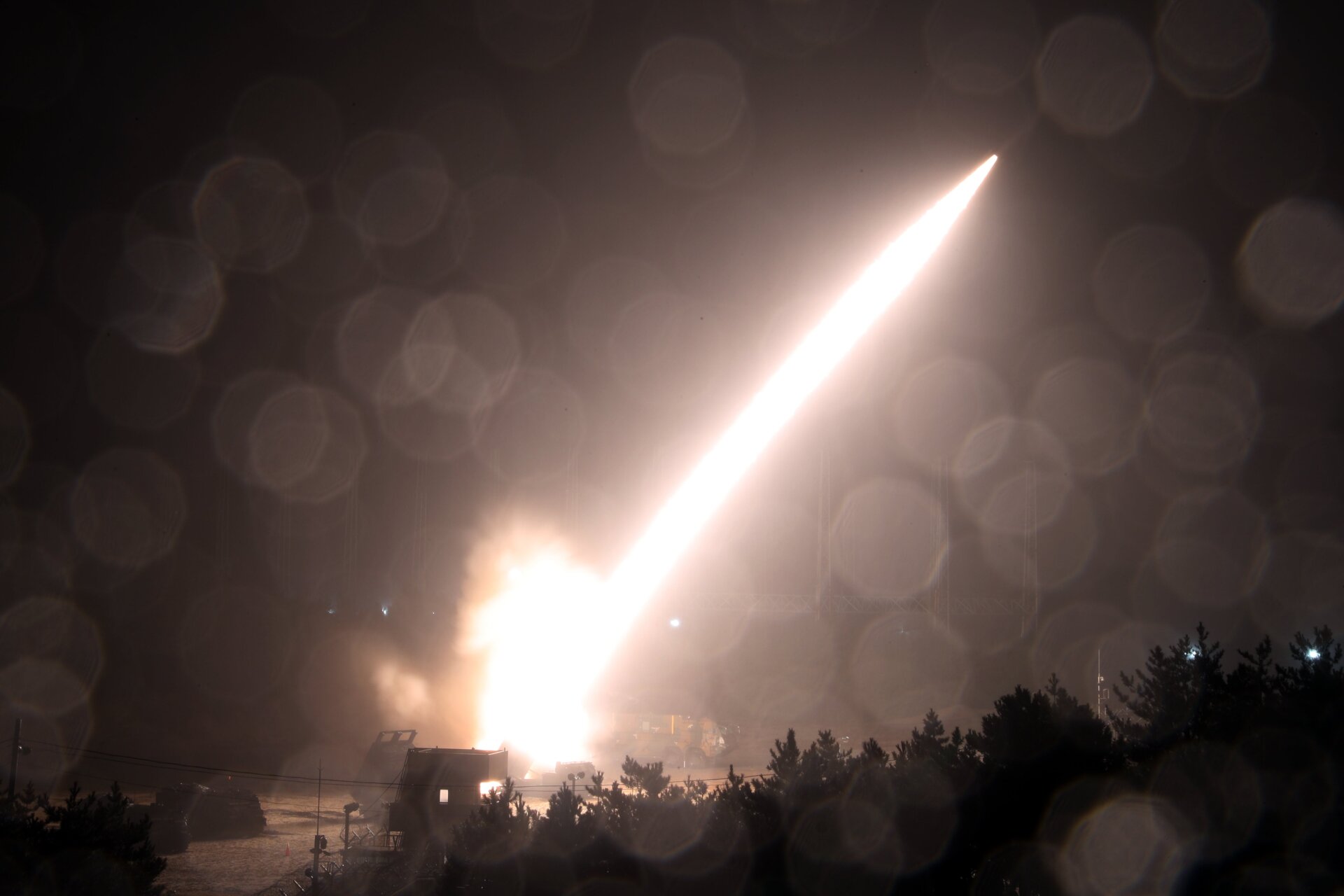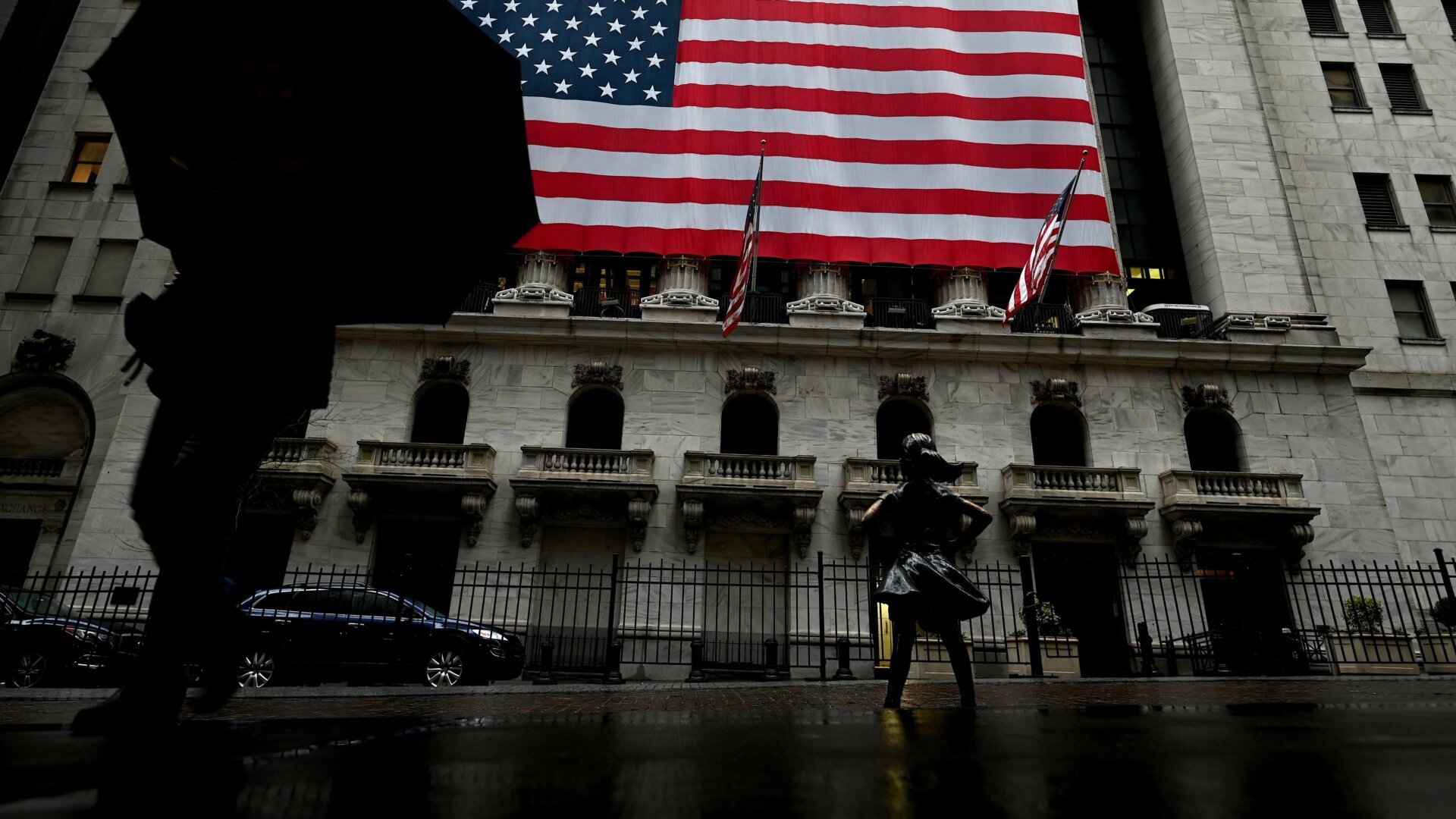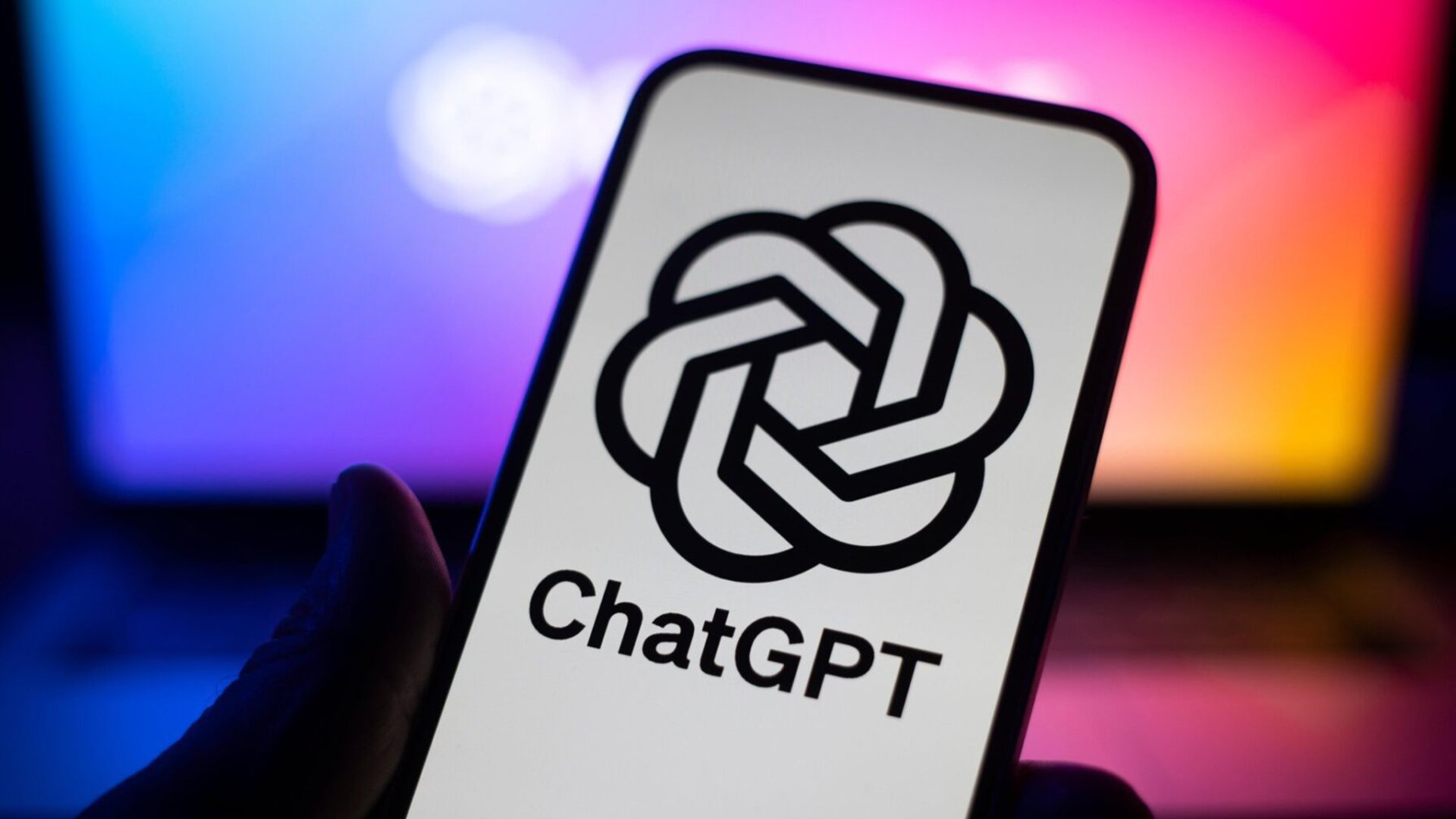CoreWeave’s recent stock market debut has been less than stellar, raising concerns about the overall health of the AI sector. Despite support from Nvidia, which anchored the IPO with a $250 million investment at $40 per share, the stock opened below its expected range of $47 to $55, suggesting lukewarm investor confidence in the company’s fundamentals.
CoreWeave’s business model centers around providing GPUs, essential hardware for AI development, to companies in the burgeoning AI industry. Initially supplying GPUs to the cryptocurrency mining sector, CoreWeave strategically pivoted to AI as the industry gained momentum. This positioned the company as a key player in providing the necessary infrastructure to meet the surging demand for AI computing power.
However, the landscape appears to be shifting. CoreWeave’s IPO coincides with a pullback in AI infrastructure spending by Microsoft, a significant client representing 62% of CoreWeave’s 2024 revenue. Microsoft’s decision to reduce its data center leases and allow OpenAI to seek alternative partners adds to the uncertainty surrounding future demand for CoreWeave’s services. Meta CEO Mark Zuckerberg has also acknowledged overspending on AI infrastructure, although expressing optimism about future demand.
Adding to the pressure, the GPU supply shortage that drove up prices in 2023 is easing. The Wall Street Journal reports a significant drop in hourly GPU rental costs, from $5.50 in mid-2023 to $1.55 currently. This declining cost dynamic poses a challenge for CoreWeave’s profitability.
Another concern is CoreWeave’s heavy reliance on just two major players: Microsoft and Nvidia. While Nvidia’s backing has been substantial, CoreWeave primarily uses these funds to purchase Nvidia GPUs, creating a somewhat circular financial relationship. With Microsoft scaling back its AI investments, this dependence on a limited number of key partners raises questions about CoreWeave’s long-term stability.
CoreWeave’s financial position is further complicated by a substantial debt burden. Despite generating $1.9 billion in revenue in 2024, the company reported significant losses of $6 billion in 2024 and $1.1 billion in 2023 due to heavy infrastructure investments. Using GPUs as collateral for its nearly $8 billion debt raises concerns, especially in the context of declining GPU prices and increasing efficiency of AI models, which could reduce demand for raw computing power. The IPO appears driven, in part, by the need to address this mounting debt.
CoreWeave’s underwhelming performance could have ripple effects on other AI companies eyeing public offerings, particularly given investors’ increasing demand for returns. While tech companies have historically rebounded after initial stock market dips, CoreWeave’s struggles may reflect broader market anxieties surrounding the AI sector, exacerbated by rising interest rates and economic uncertainties.
The company’s situation serves as an early indicator of potential market saturation for GPUs. While industry leaders like Nvidia CEO Jensen Huang predict continued growth in GPU demand driven by increasingly complex AI models and wider consumer adoption, CoreWeave’s struggles suggest a more nuanced reality. Even OpenAI CEO Sam Altman has acknowledged the strain on GPU resources due to high demand, highlighting the complex interplay of supply, demand, and technological advancement in the AI hardware market.
CoreWeave’s valuation at $32 billion on its first trading day seems increasingly precarious given these challenges. The long-term viability of the company’s business model hinges on continued growth in the AI sector and the assumption that increasingly complex AI models will require even more powerful hardware. However, the current market suggests a more cautious outlook. The true value of AI companies may ultimately reside in application development rather than foundational models and hardware, as these elements become increasingly commoditized.
As public relations expert Ed Zitron points out, the lack of profitability in generative AI outside of OpenAI raises concerns about the sustainability of the current hype surrounding the sector. Companies that can identify practical applications for AI and develop profitable applications are likely to be the long-term winners.
While CoreWeave’s founders have reportedly cashed out significant portions of their holdings prior to the IPO, the company’s future remains uncertain. The challenges faced by CoreWeave highlight the evolving dynamics of the AI industry and the need for a more realistic assessment of its long-term trajectory.










